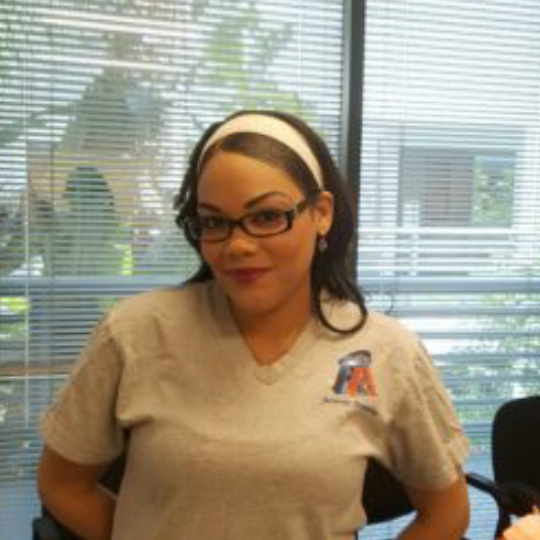Small business owners occasionally spend money from their own pockets to pay for the corporate expenses and vice-a-versa. A clear cut division of the corporate accounting is sometimes blurred at times. This case provides some very important guidelines on how these payments would be considered and treated for tax purposes.
In this particular case the advances made by the sole shareholder of an S corporation to the corporation before 2009 were intended to be loans and thus the corporation’s payment of the shareholder’s personal expenses were loan repayments and not wages subject to employment taxes. However, advances made to the corporation after 2008, when its business was deteriorating, were more in the nature of capital contributions because there was no reasonable expectation of repayment.
Background
In 1981, Scott Singer formed Scott Singer Installations, Inc. (Singer Installations), an S corporation. He was the president and sole shareholder and served as the corporation’s sole corporate officer. Singer Installations was primarily engaged in servicing, repairing, and modifying recreational vehicles. As the company’s business increased, Scott began raising money from various sources to fund the company’s growth. In 2006, he established a $224,000 home equity line of credit and, in less than a year, had drawn on the entire line of credit in order to advance funds to his corporation. Also in 2006, Scott established an $87,443 line of credit by refinancing a home mortgage.
He likewise advanced the entire amount to his company in the same year. In 2008, Scott established a general business line of credit of $115,000 and advanced all the funds to his company. Scott also borrowed $220,000 from his mother and her boyfriend and advanced all the funds to his company throughout 2007 and 2008. Scott advanced a total of $646,443 to his corporation between 2006 and 2008. While all of the advances were reported as shareholder loans on the company’s general ledgers and Forms 1120S, no promissory notes were issued between Scott and his company, no interest was charged, and there were no maturity dates imposed.
After the 2008 recession, Singer Installation’s business started declining and Scott was unable to borrow from commercial banks. He financed Singer Installation’s operations from 2009 through 2011 by borrowing an additional $513,099 from his mother and her boyfriend and advancing the funds to his company. Scott also began charging business expenses to personal credit cards.
Scott worked full time for Singer Installations and occasionally hired a service technician, two laborers, and an individual to help with internet sales. Singer Installation filed the appropriate employment tax forms and paid employment taxes on wages paid to each employee except Scott. Singer Installations did not report paying wages to Scott during 2010 or 2011.
Singer Installations reported operating losses of $103,305 for 2010 and $235,542 for 2011. During the same years, Singer Installations paid $181,872 of Scott and his wife’s personal expenses, such as their mortgage and car loan payments, by making payments from its bank account to the Singers’ creditors. These payments were treated on Singer Installation’s general ledger and Forms 1120S as repayments of shareholder loans and were not deducted as business expenses.
The IRS determined that Scott was an employee of Singer Installations for 2010 and 2011 and that the $181,872 in payments that Singer Installations made on behalf of Scott and his wife were wages subject to employment taxes. Singer Installations agreed that Scott was its employee, but argued that the payments made on behalf of the Singers were loan repayments and not wages subject to employment taxes.
Analysis
The Tax Court held that a substantial portion of the advances by Scott to Singer Installations were intended to be loans and thus the repayments by Singer Installations that related to those advances were not wages subject to employment taxes. In particular, the court noted Scott’s intention to create a debtor-creditor relationship with Singer Installations. This intention was evidenced by the fact that Singer Installations’ balance sheets reported Scott’s advances as increases in loans from Scott each year.
Additionally, Singer Installation consistently reported the expenses it was paying on behalf of the Singers as repayments of shareholder loans rather than reporting the payments as business expenses. According to the court, this consistent reporting indicated that Scott and Singer Installations intended to form a debtor-creditor relationship and that Singer Installations conformed to that intention. Second, the court noted, Singer Installation’s payments on behalf of the Singers were consistent regardless of the value of the services Scott provided to Singer Installations.
Many of the payments Singer Installations made were the Singers’ recurring monthly expenses. The consistency of these payments, both in time and in amount, the court stated, is characteristic of debt repayments. Finally, and most importantly, the fact that Singer Installations made payments when the company was operating at a loss strongly suggested to the court that a debtor-creditor relationship existed.
The court then looked at whether Scott had a reasonable expectation of repayment of his advances. When Scott advanced funds to Singer Installations between 2006 and 2008, the court noted, the business was well established and successful. Because the business was operating profitably and showed signs of growth, the court found that Scott was reasonable in assuming his loans would be repaid and thus the advances were intended to create debt rather than equity and there was a reasonable expectation at the time that such advances would be repaid.
However, the court did not find that a similarly reasonable expectation of repayment existed for later advances. When the recession occurred in 2008 and Singer Installation’s business dropped off sharply, the court said that Scott should have known that future advances would not result in consistent repayments. According to the court, Scott must have recognized that the only hope for recovery of the amounts previously advanced to Singer Installations was an infusion of capital subject to substantial risk.
After 2008, the only source of capital was from Scott’s family and his personal credit cards. Accordingly, the court concluded that advances made in 2008 and earlier were bona fide loans and that advances made after 2008 were more in the nature of capital contributions. The court also found that Scott had a sufficient outstanding loan balance at the time the repayments were made so that loan repayments made during 2010 and 2011 were valid as such.













